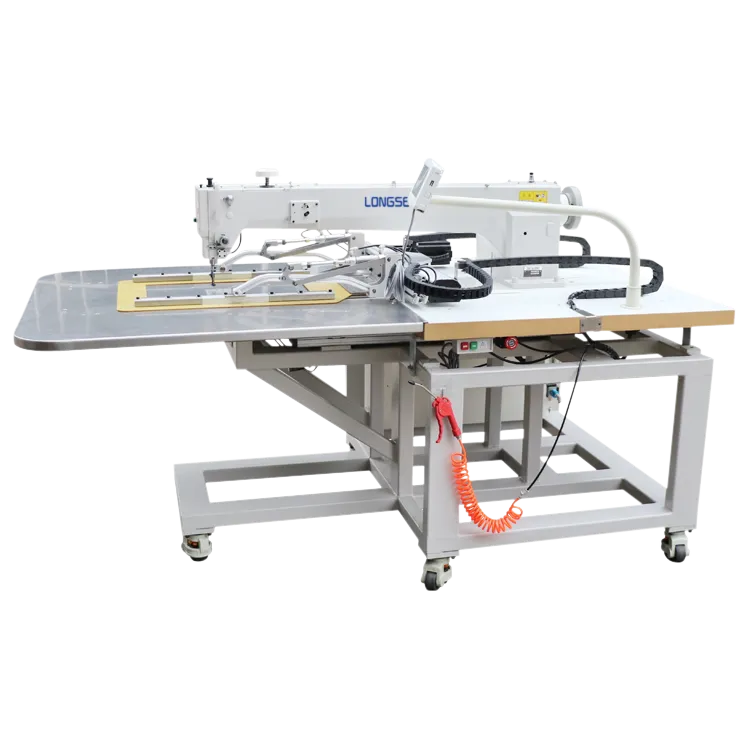Exploring the Benefits of Lock Stitch on Sewing Machines for Seamstresses
Understanding Lock Stitch on a Sewing Machine
The lock stitch is a fundamental sewing technique used in many sewing machines. It is the most common stitch type employed in garment construction due to its strength, durability, and ease of use. Understanding how lock stitches work can significantly improve your sewing skills and the quality of your finished projects.
A lock stitch is created by interlocking two threads one thread comes from the needle while the other comes from the bobbin, located beneath the sewing machine's needle plate. When the needle pierces the fabric, it carries the top thread down to the bobbin area. The bobbin case then rotates, allowing the bobbin thread to wrap around the needle thread, forming a stitch. This interlocking mechanism produces a strong seam that can withstand the stresses put on it during wear and washing.
One of the advantages of the lock stitch is its versatility. It can be used for various types of fabric, from lightweight materials like silk to heavier fabrics like denim. This adaptability makes it an essential technique for tailors and hobbyists alike. Additionally, lock stitches can be adjusted in terms of length and tightness, allowing for customization based on the specific requirements of a project.
lock stitch on sewing machine

Lock stitches can be produced using both mechanical and computerized sewing machines. While mechanical machines provide a straightforward approach to creating lock stitches, computerized machines often feature advanced settings that can automatically adjust the stitch length and tension for optimal performance. Regardless of the machine type, understanding how to properly thread both the needle and the bobbin is crucial to achieving a perfect lock stitch.
However, like any sewing technique, creating a lock stitch successfully requires practice. If the tension is too tight, the stitches may pucker, while loose tension may cause the stitches to form loops and lead to unraveling. It is essential to familiarize yourself with your machine's threading and tension settings to get that perfect lock stitch every time.
To further enhance your sewing projects, consider experimenting with different types of lock stitches, such as straight, zigzag, or decorative lock stitches. Some machines offer multiple stitch options that can embellish your work and add unique details to your creations.
In summary, the lock stitch is an essential technique for any sewing enthusiast. Its strength, durability, and versatility make it a go-to choice for various projects. By mastering the lock stitch, you can elevate your sewing skills, create professional-quality garments, and enjoy the rewarding process of crafting with fabric. Whether you're just starting or are an experienced seamstress, understanding and utilizing the lock stitch can significantly enhance your sewing journey.
-
Industrial Cylinder Arm Sewing Machine: Revolutionizing Heavy-Duty SewingNewsJul.28,2025
-
Cylinder Arm Sewing Machine: Perfect for Special Sewing ApplicationsNewsJul.28,2025
-
Cylinder Bed Sewing Machine: Essential for Sewing Complex MaterialsNewsJul.28,2025
-
Heavy Duty Sewing Machine: The Essential Tool for Industrial ApplicationsNewsJul.28,2025
-
Computerized Pattern Sewing Machine: Revolutionizing Precision StitchingNewsJul.28,2025
-
Heavy Duty Industrial Sewing Machine: Power Meets PrecisionNewsJul.28,2025
-
Leather Sewing Machine: The Industrial Standard for Tough MaterialsNewsJul.18,2025





























